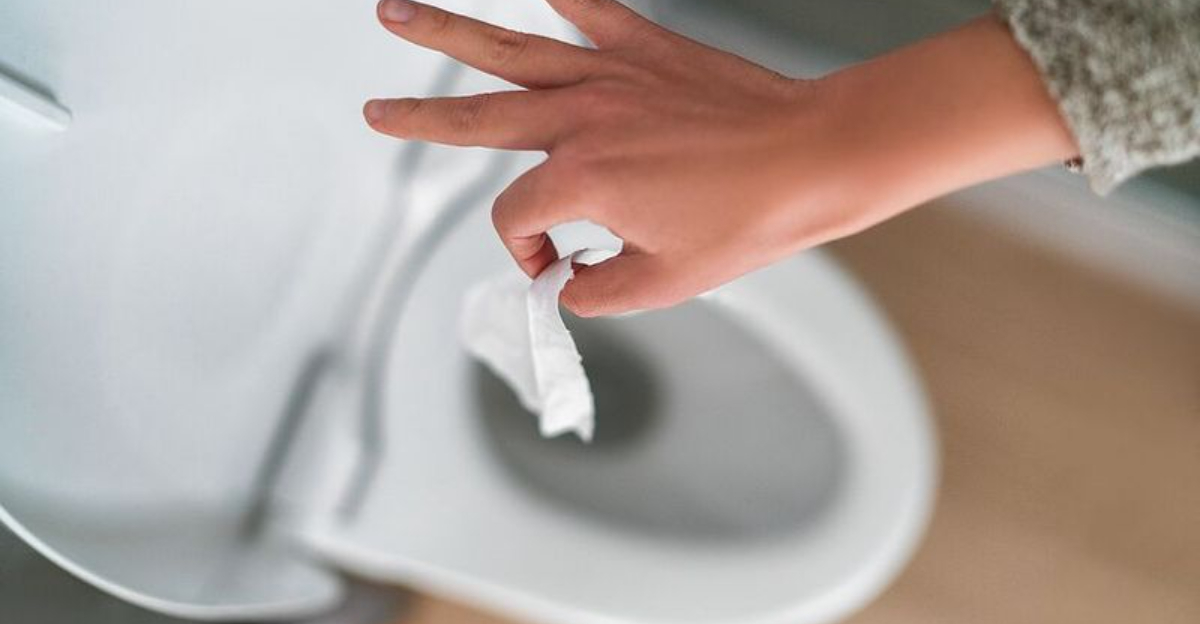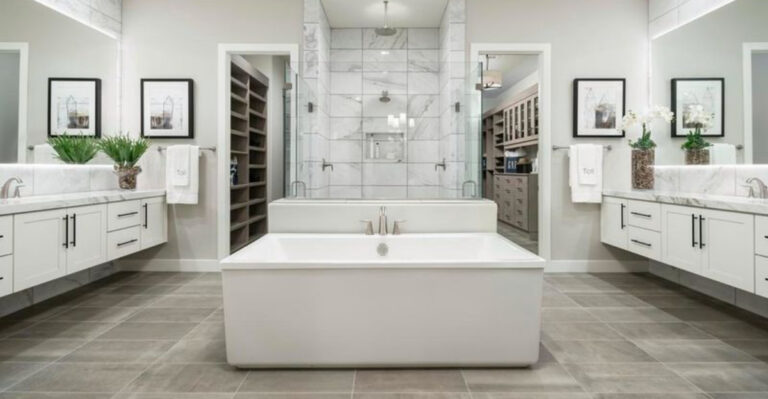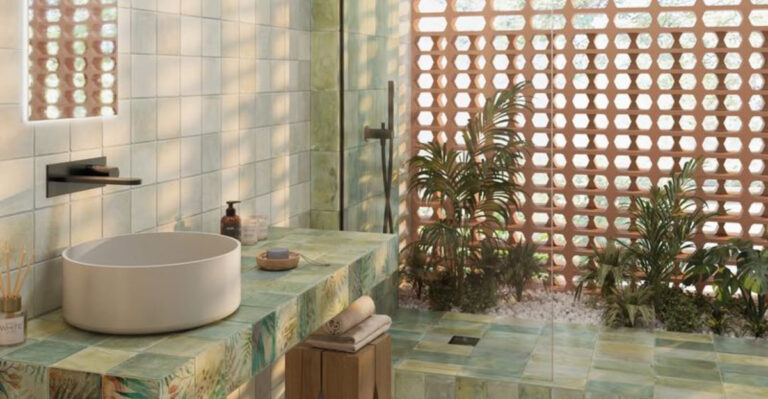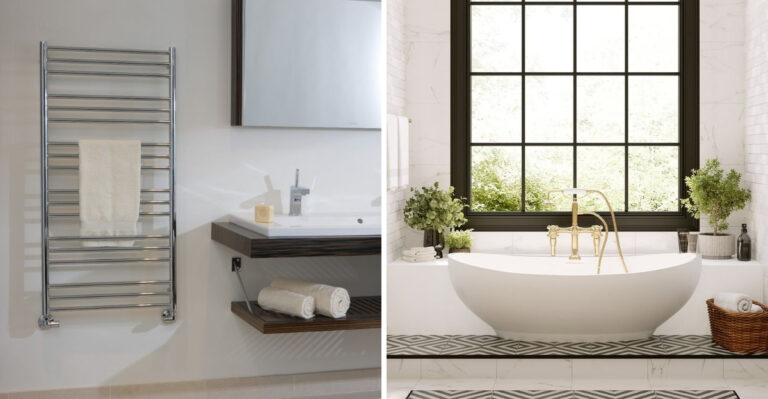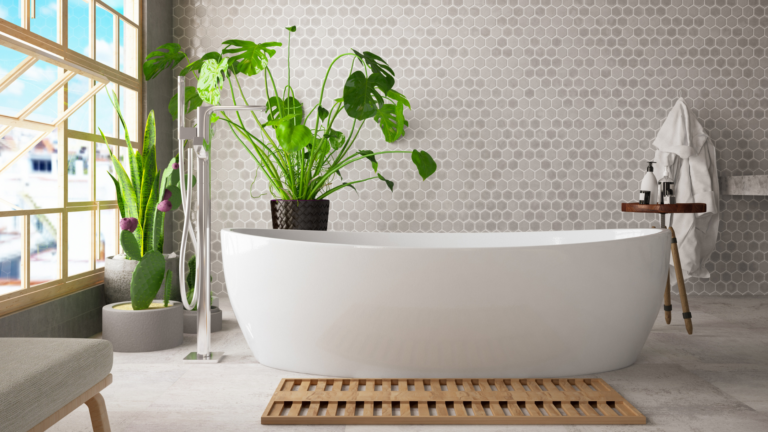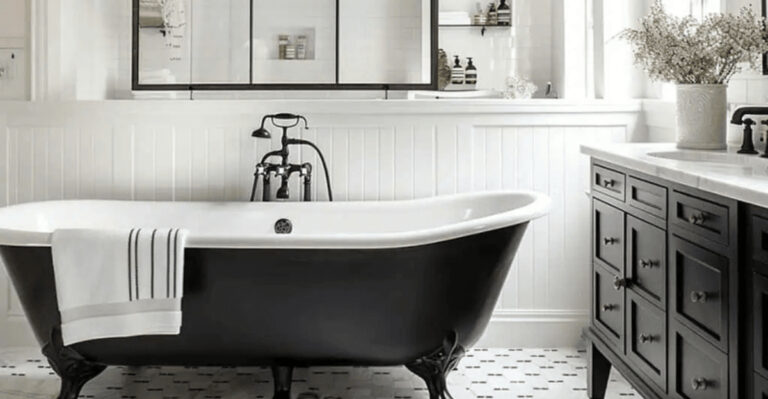8 Things In Your Bathroom That Aren’t Worth Spending Money On (Plus 8 Things To Buy Instead)
I can’t tell you how many times I’ve stood in a store, holding some overpriced bathroom gadget and thinking, Do I really need this?
The truth is, bathrooms might be the smallest rooms in the house, but they’re sneaky when it comes to spending. Between trendy organizers and fancy soap dispensers, it’s easy to blow your budget without improving a thing.
I’ve learned the hard way what’s worth the splurge and what just clutters the counter. Here are the bathroom buys that actually improve your day, and ditch the ones that just drain your wallet.
1. Skip: Designer Toilet Paper
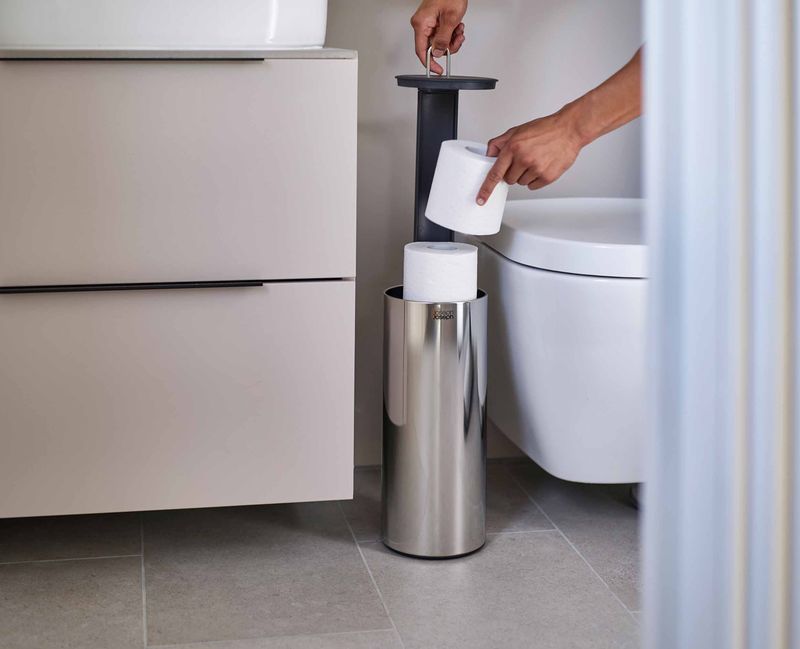
Luxury toilet paper with fancy patterns or scents costs nearly double the price of regular versions. Yet the actual quality difference? Almost none! Your behind won’t know the difference between the basic two-ply and the premium stuff with aloe vera.
Most designer toilet papers dissolve at the same rate as standard options anyway. Save those extra dollars for something that actually matters in your life. Nobody’s ever complimented a bathroom based on toilet paper luxury!
2. Buy Instead: Bidet Attachment
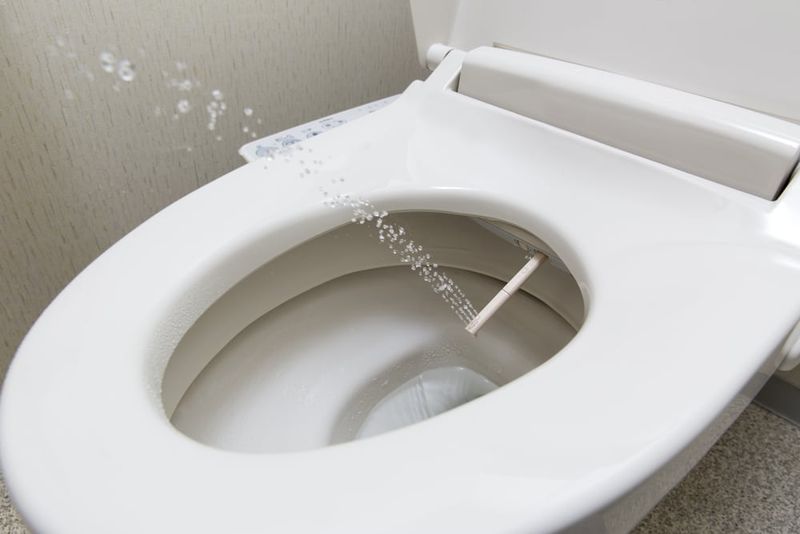
For around $30, these simple devices attach to your existing toilet and reduce your toilet paper usage by up to 75%. Installation takes about 15 minutes with no special tools required.
Your bottom will thank you! Bidets provide superior cleaning and comfort compared to paper alone. Many users report fewer irritations and a fresher feeling throughout the day.
Plus, the environmental impact is significant – you’ll save trees while saving money each month.
3. Skip: Fancy Soap Dispensers

Those gorgeous ceramic soap dispensers with gold accents might look stunning on Instagram, but they’re notorious for clogging, leaking, and collecting gunk around the pump.
Why spend $25+ on something that will frustrate you daily? Most people forget to clean inside them, leading to bacteria buildup in the soap itself.
Ironically, your pretty soap dispenser might be the dirtiest thing in your bathroom! The pumps often break after a few months of use anyway.
4. Buy Instead: Refillable Foaming Dispensers
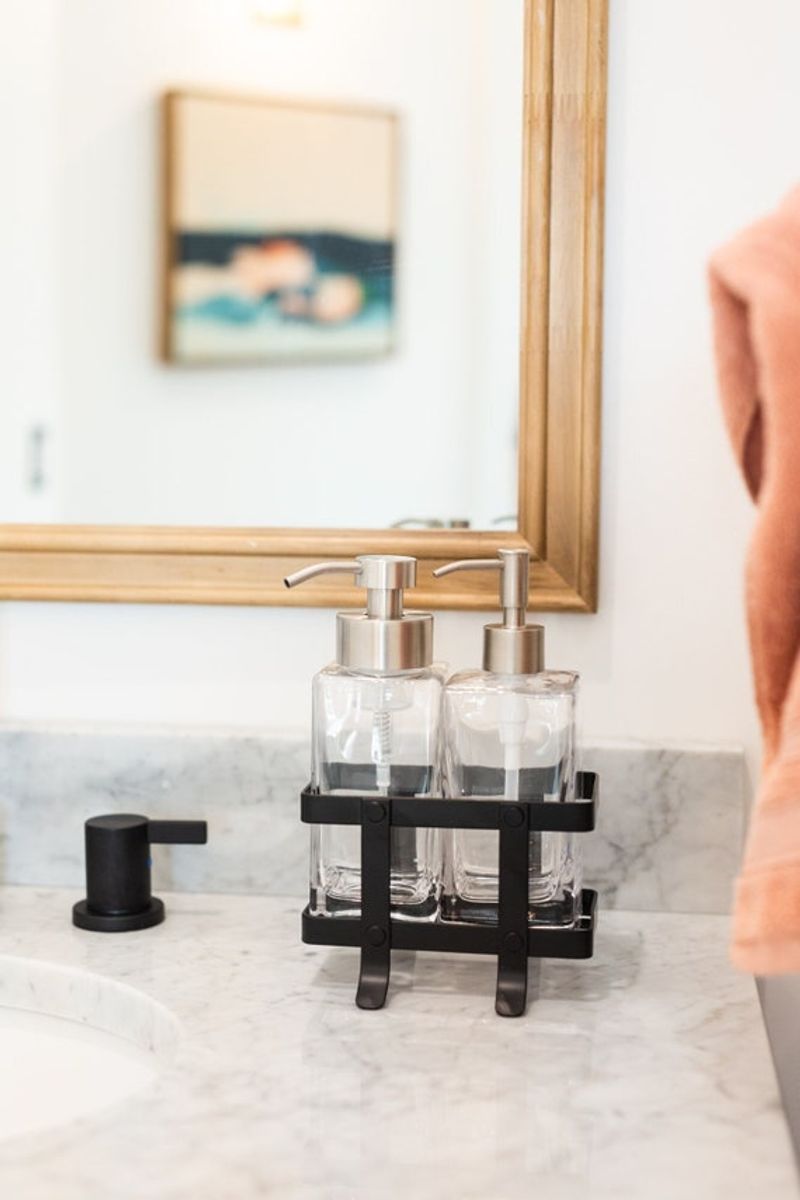
Foaming dispensers use about 75% less soap per wash while cleaning just as effectively. Look for ones with clear bodies so you can see when they need refilling.
The magic happens when you dilute liquid soap with water – one bottle of concentrate can last months! Your hands get just as clean, but your wallet stays fuller.
Some brands now offer stylish glass versions with reliable pumps if you still want that aesthetic appeal without the functionality problems.
5. Skip: Expensive Bath Bombs
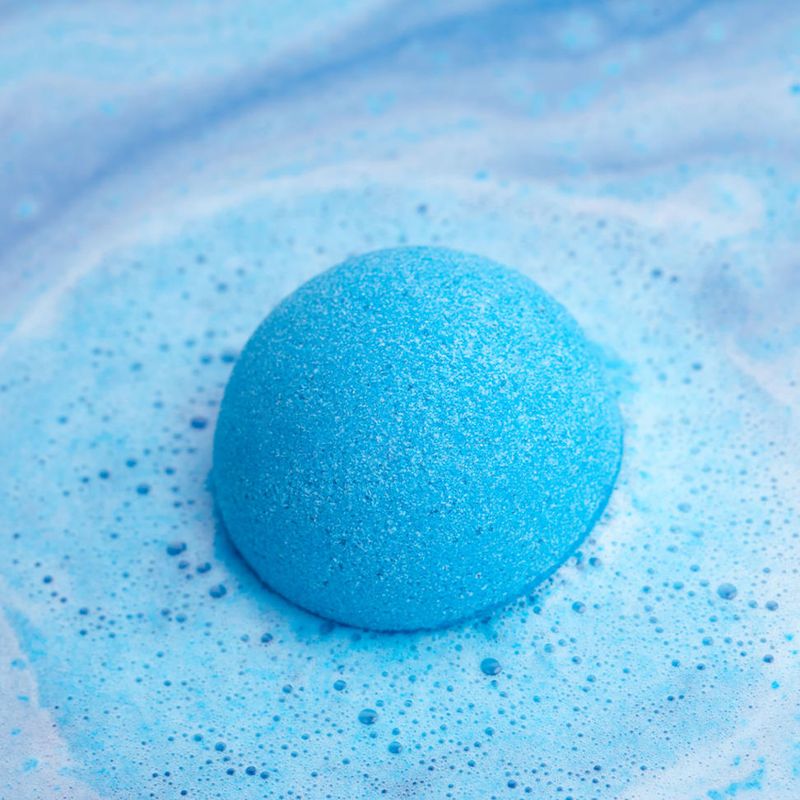
Those colorful, glittery bath bombs for $8-15 each literally go down the drain after one use. While they create a magical fizzy experience, they’re basically just baking soda, citric acid, and fragrance with a massive markup.
Many contain artificial dyes that can stain your tub or irritate sensitive skin. If you’re using them weekly, you’re spending hundreds of dollars yearly on colored water!
The moisturizing claims? Usually minimal compared to actual bath oils.
6. Buy Instead: Epsom Salt And Essential Oils
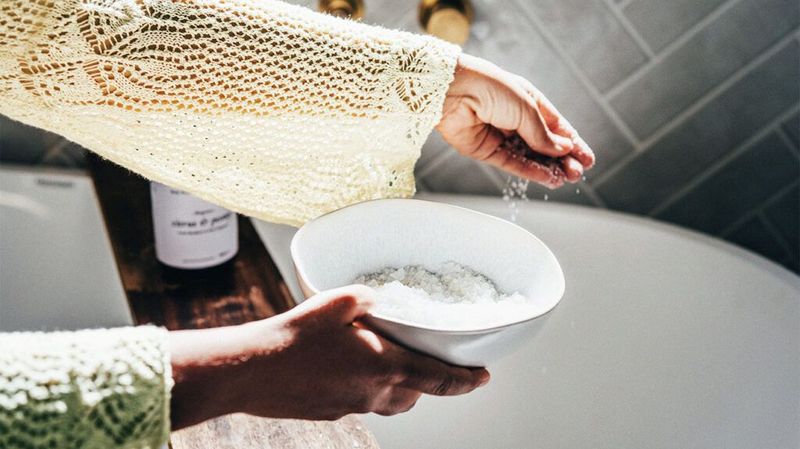
A 5-pound bag of Epsom salt costs about $5 and lasts for dozens of baths. Add a few drops of your favorite essential oil, and you’ve created a therapeutic soak for pennies per bath.
Epsom salt (magnesium sulfate) actually helps relieve muscle aches and reduce inflammation. Your body absorbs the magnesium through your skin, providing real benefits beyond just the relaxation factor.
Unlike bath bombs, you can customize the scent and intensity every time.
7. Skip: Bathroom Cleaning Wipes
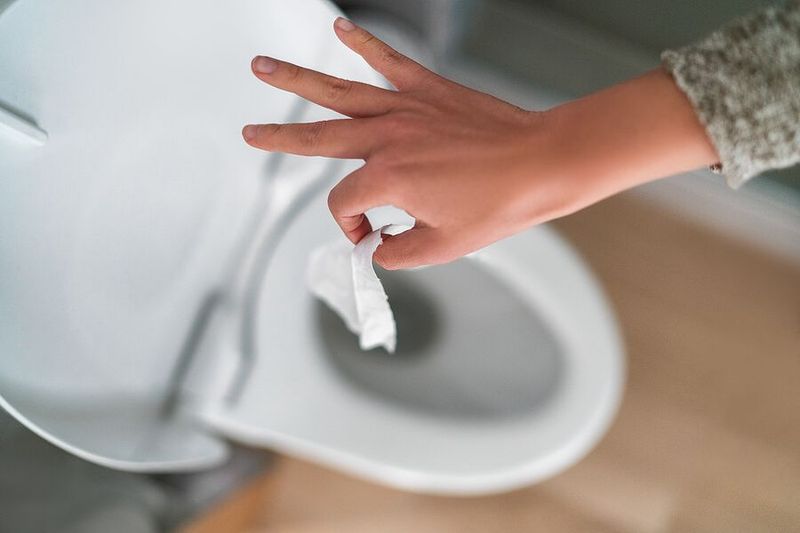
At roughly $4-6 per container, these disposable wipes seem convenient but cost several times more than traditional spray cleaners. A single container might last just a week with regular use.
Many don’t actually disinfect unless you leave surfaces wet for 4-10 minutes – a fact most users don’t realize! The moisture evaporates too quickly to remove most germs.
Like makeup wipes, they contribute to environmental waste and often contain plastic fibers that clog sewage systems when flushed.
8. Buy Instead: Spray Bottle With Vinegar Solution
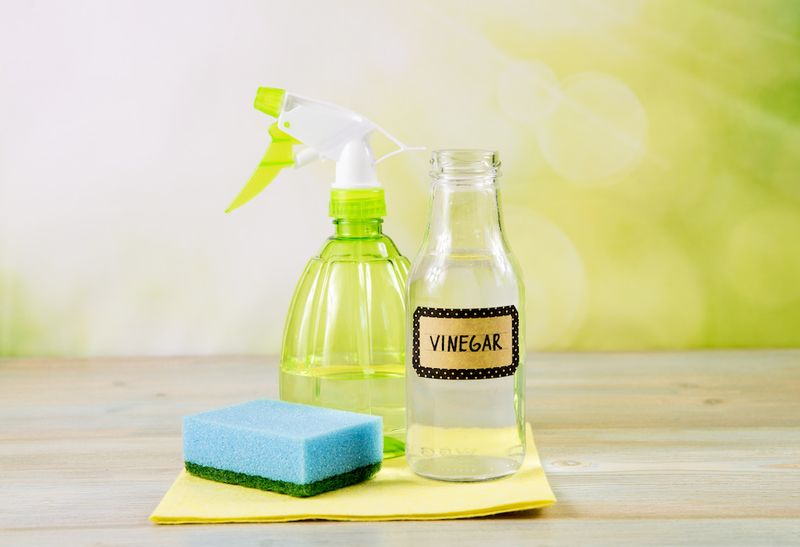
White vinegar mixed with water (1:1 ratio) in a reusable spray bottle costs mere pennies per use and cleans just as effectively as most commercial products. For extra cleaning power, add a few drops of dish soap.
Vinegar naturally disinfects and removes soap scum without harsh chemicals. The smell dissipates quickly once dry, leaving no residue.
For stubborn mildew, keep a small spray bottle of hydrogen peroxide as a second step – together they tackle almost any bathroom mess.
9. Skip: Single-Use Disposable Razors

Those packs of colorful disposable razors might seem cheap at $5-8, but they dull quickly and provide mediocre shaves. Over a year, you might spend $100+ just throwing plastic into landfills.
The cheap blades often cause more nicks and irritation than quality alternatives. Many users compensate by pressing harder, which actually makes irritation worse!
From an environmental perspective, they’re among the worst bathroom offenders, with billions ending up in oceans and landfills annually.
10. Buy Instead: Safety Razor
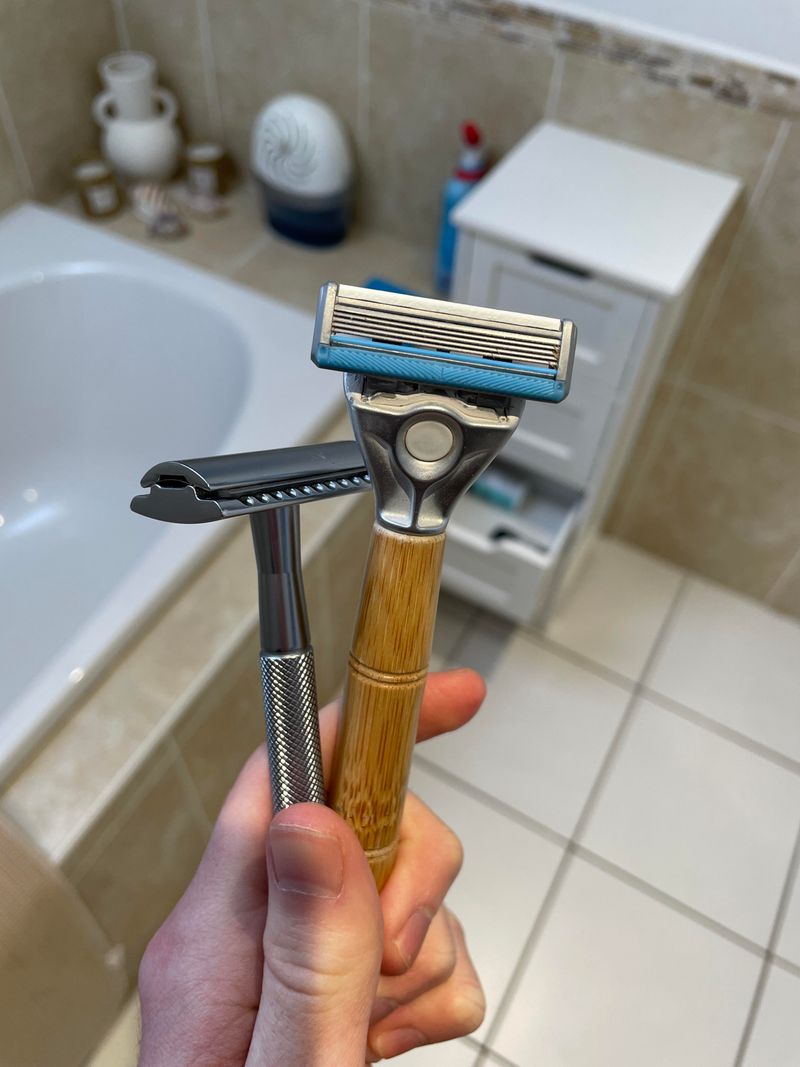
Though the initial investment of $20-30 might seem steep, a good safety razor lasts decades. Replacement blades cost pennies each – about $10 for a year’s supply!
The weight of a metal safety razor actually improves your shave. It lets the razor do the work without applying pressure, resulting in less irritation and fewer cuts once you get the technique down.
Many users report closer shaves and less ingrown hairs after switching from disposables.
11. Skip: Specialized Cleaning Products
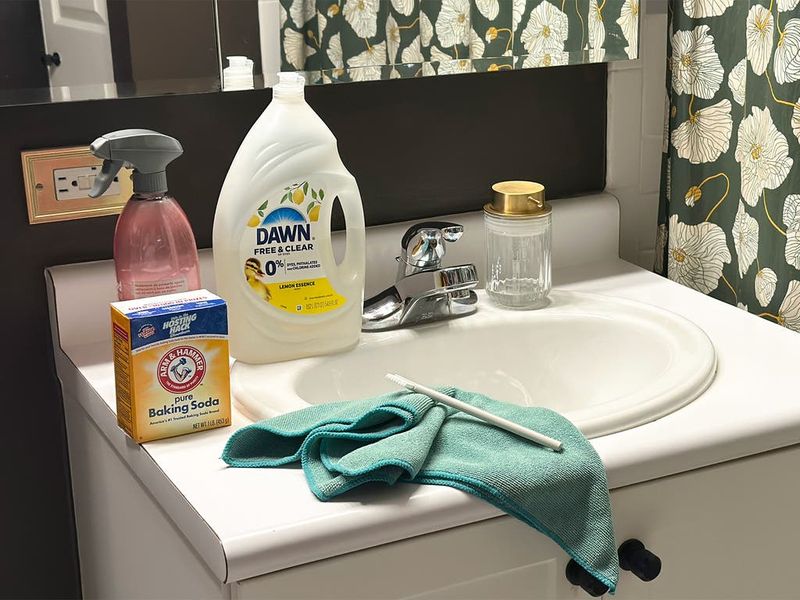
Separate cleaners for toilets, showers, counters, and mirrors might seem necessary, but they’re mostly marketing hype. Having 4-5 different products under your sink can easily cost $20-30, while most contain similar ingredients.
Many specialized cleaners contain harsh chemicals not needed for everyday cleaning. That “special” shower cleaner? Usually just regular cleaner with more fragrance.
The storage space these products take up is another hidden cost in small bathrooms.
12. Buy Instead: Multi-Surface Cleaner
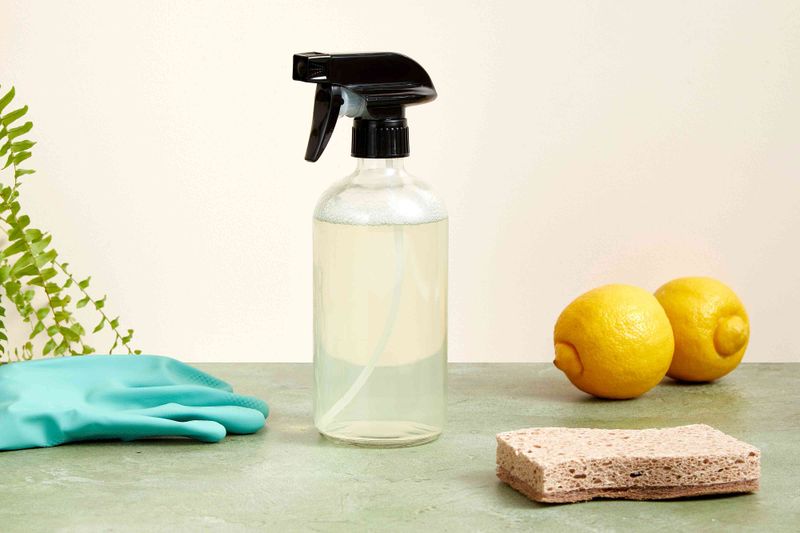
A good quality multi-surface cleaner handles 90% of bathroom cleaning needs for about $4-5 per bottle. For disinfecting, simply keep one disinfectant spray on hand for occasional use.
Modern multi-surface formulas work well on everything from counters to shower walls. Many now come in concentrated forms that you dilute yourself, saving both money and plastic waste.
Your cleaning routine becomes simpler too – grab one bottle instead of deciding between multiple products for each task.
13. Skip: Fancy Shower Curtain Liners
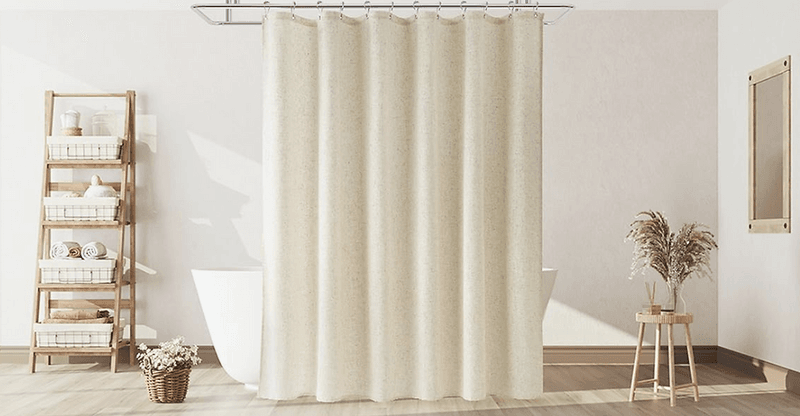
Those “premium” mildew-resistant shower curtain liners for $15-20 rarely outperform basic ones. Despite claims of special anti-microbial treatments, most develop that familiar pink or black mildew within months anyway.
The heavier weight some brands boast about? It actually makes them harder to clean in washing machines and more likely to tear at the hanging holes.
Many contain PVC, which releases harmful compounds into your bathroom air when heated by shower steam.
14. Buy Instead: PEVA Liner With Regular Cleaning
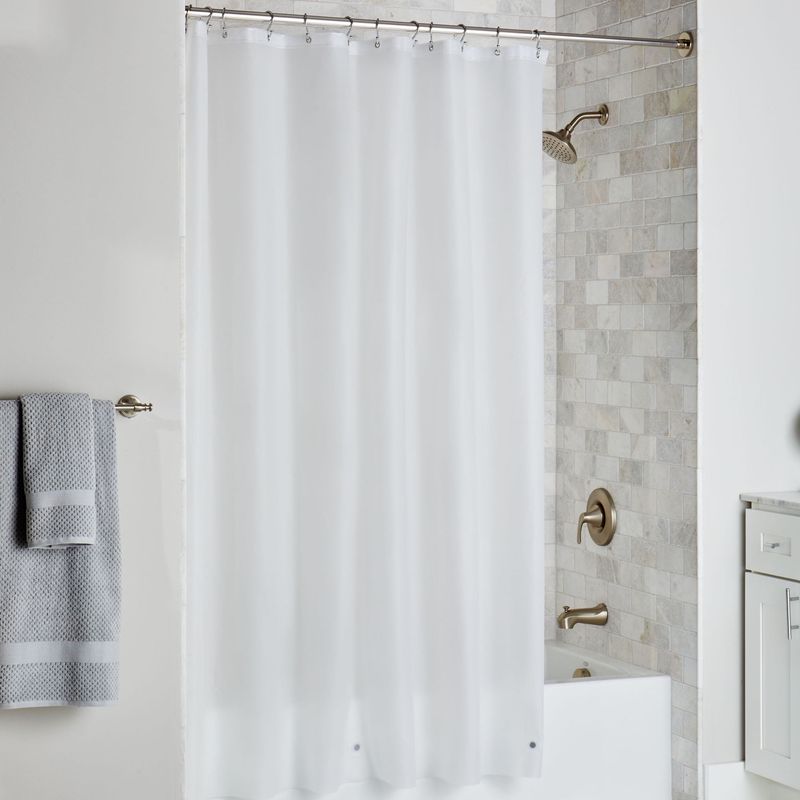
A basic PEVA shower curtain liner costs $5-8 and lasts just as long when properly maintained. Unlike PVC, PEVA doesn’t release harmful chemicals when heated.
The secret to longevity? Simply toss it in the washing machine monthly with a towel for friction and some vinegar. This removes soap scum and prevents mildew before it takes hold.
For extra protection, spray it occasionally with that vinegar solution mentioned earlier – no fancy products needed!
15. Skip: Liquid Hand Soap From Major Brands
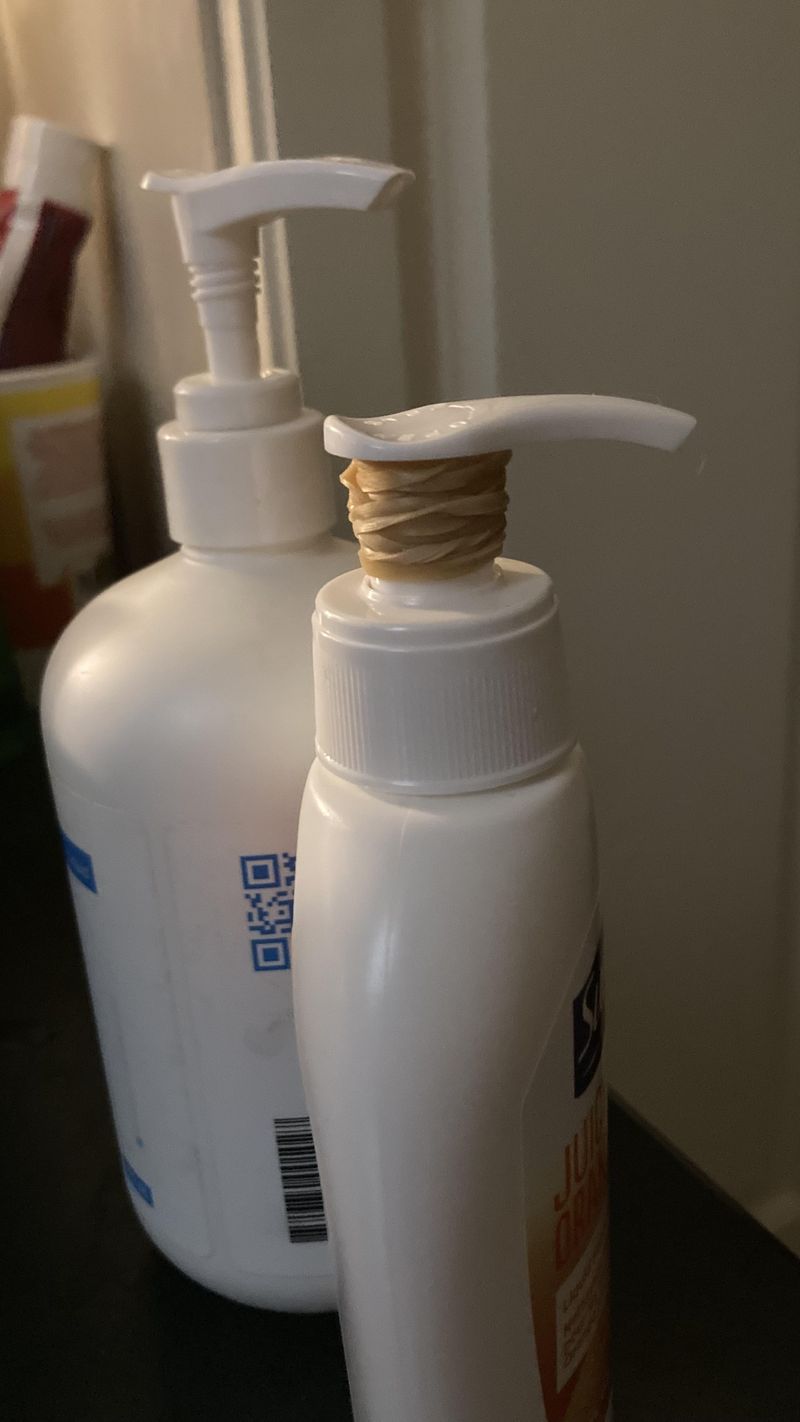
Those attractively packaged hand soaps from major brands cost $3-5 per small bottle and are mostly water! The markup is astronomical considering the actual cleansing ingredients cost pennies.
Many contain unnecessary dyes, fragrances, and preservatives that can irritate sensitive skin. The plastic packaging creates more waste with each purchase.
The antibacterial varieties have been shown by the FDA to be no more effective than regular soap at preventing illness, yet they cost more.
16. Buy Instead: Bar Soap Or Concentrate
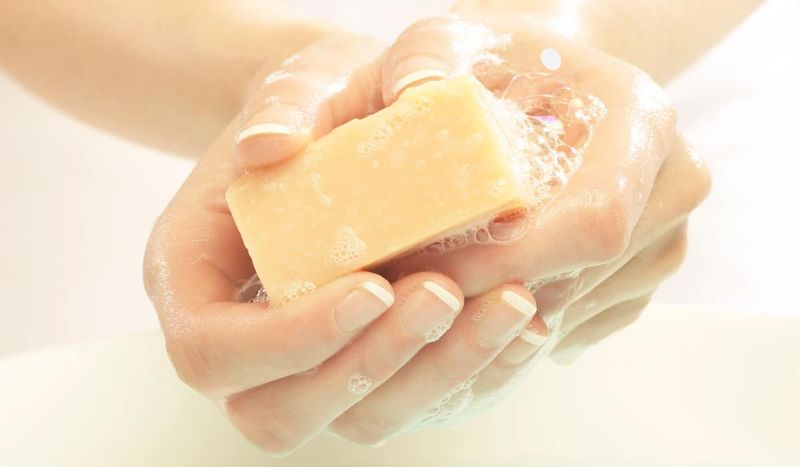
A good bar of soap costs $2-4 and lasts 2-3 times longer than liquid soap. For those who prefer liquid, concentrated soap (like castile) can be diluted to make multiple bottles for the price of one pre-made version.
Bar soaps now come in beautiful formulations with natural ingredients that are gentle on skin. Many come with minimal packaging, reducing waste.
If you keep bar soap on a slotted dish that allows drainage, it won’t get mushy between uses.

